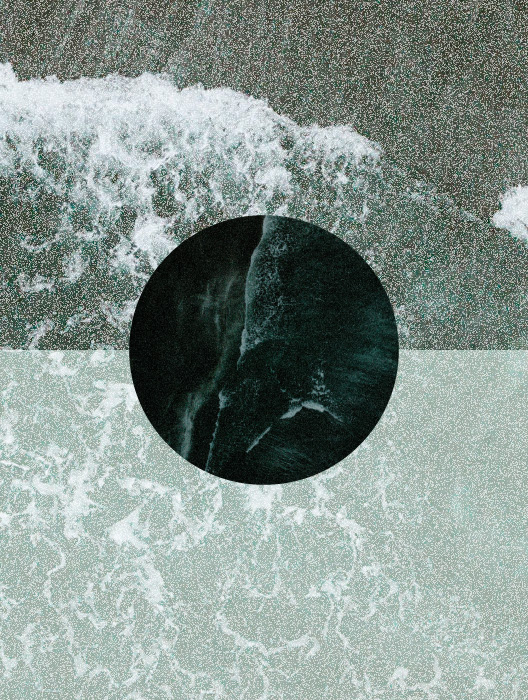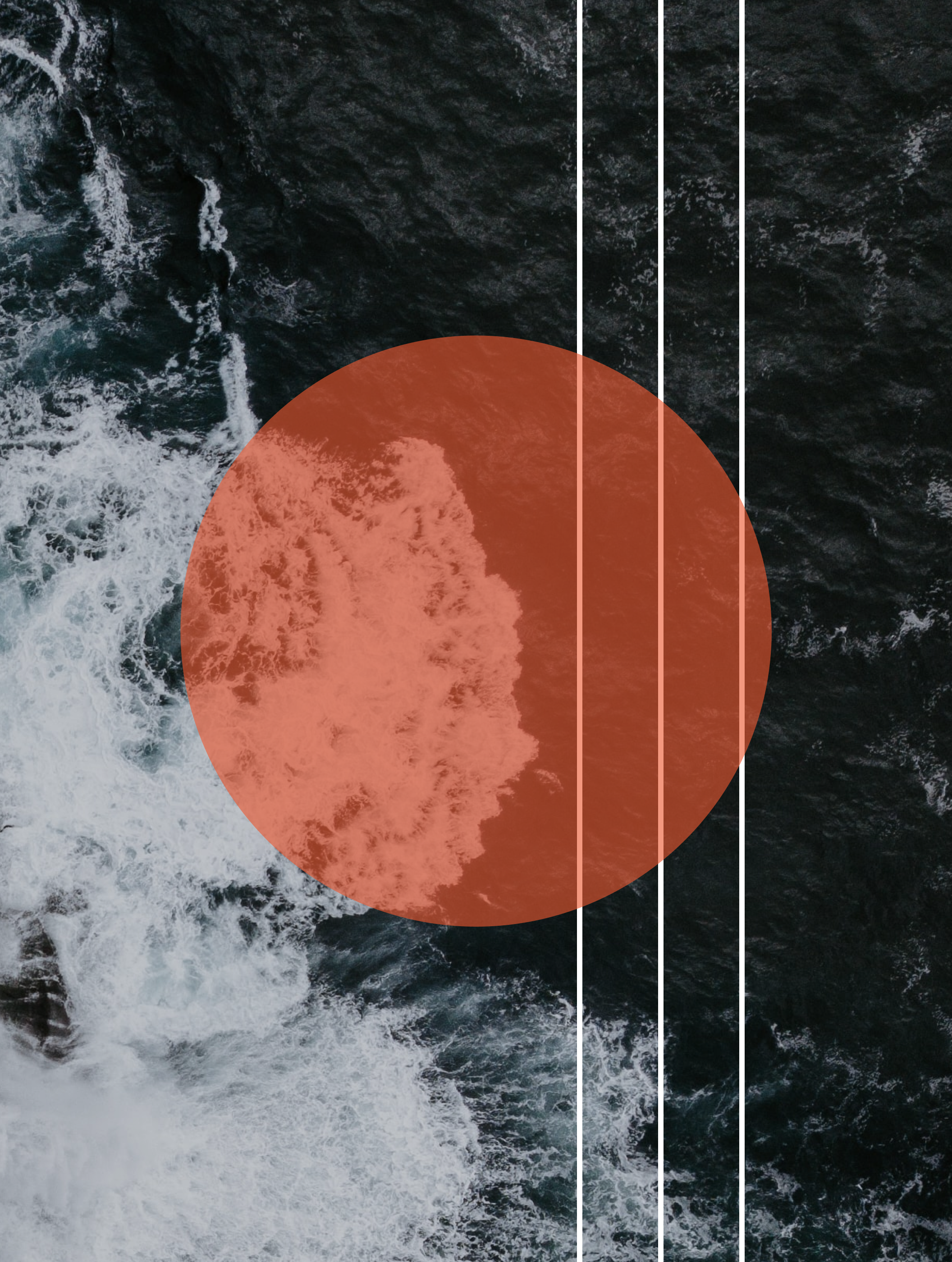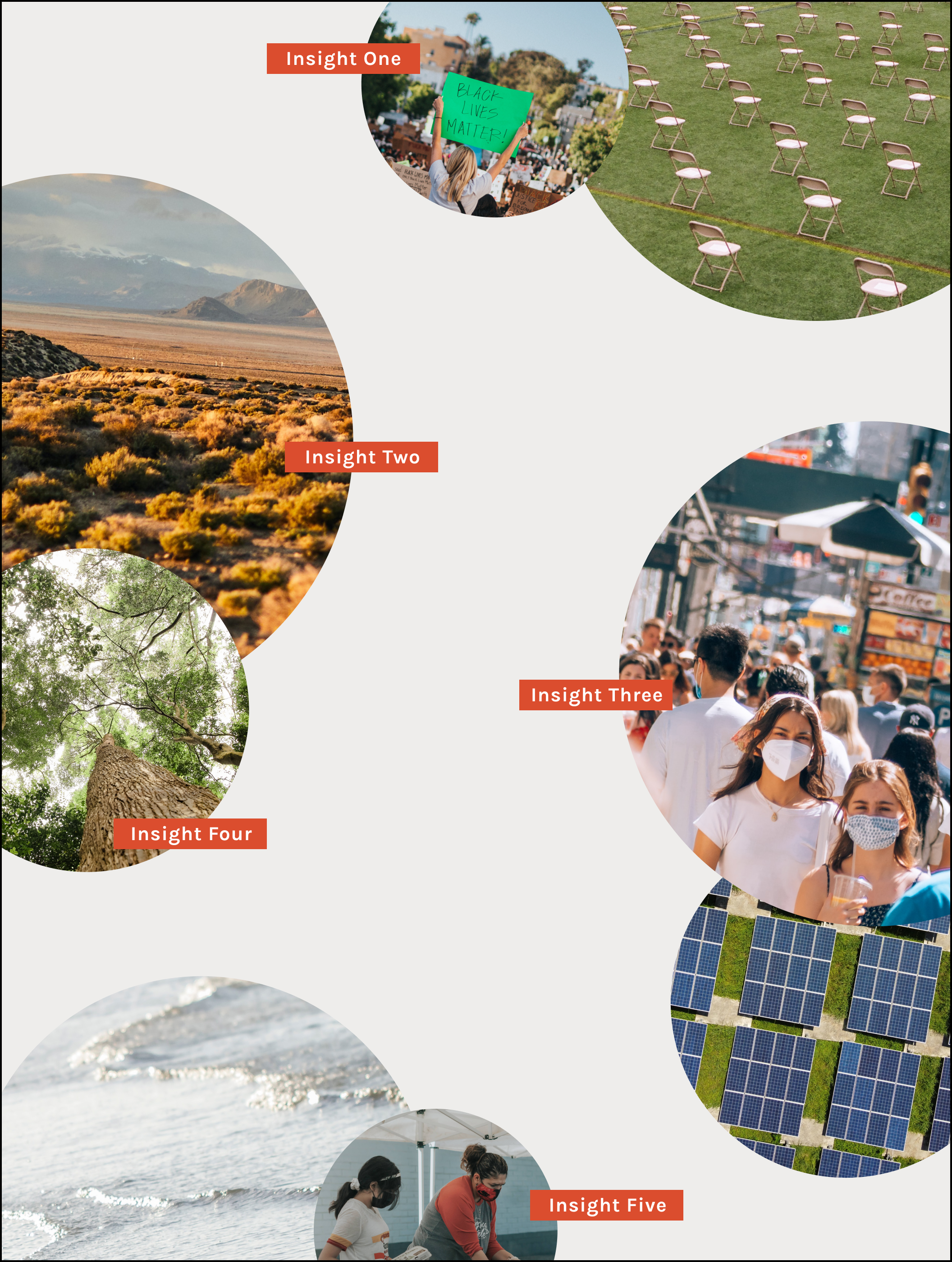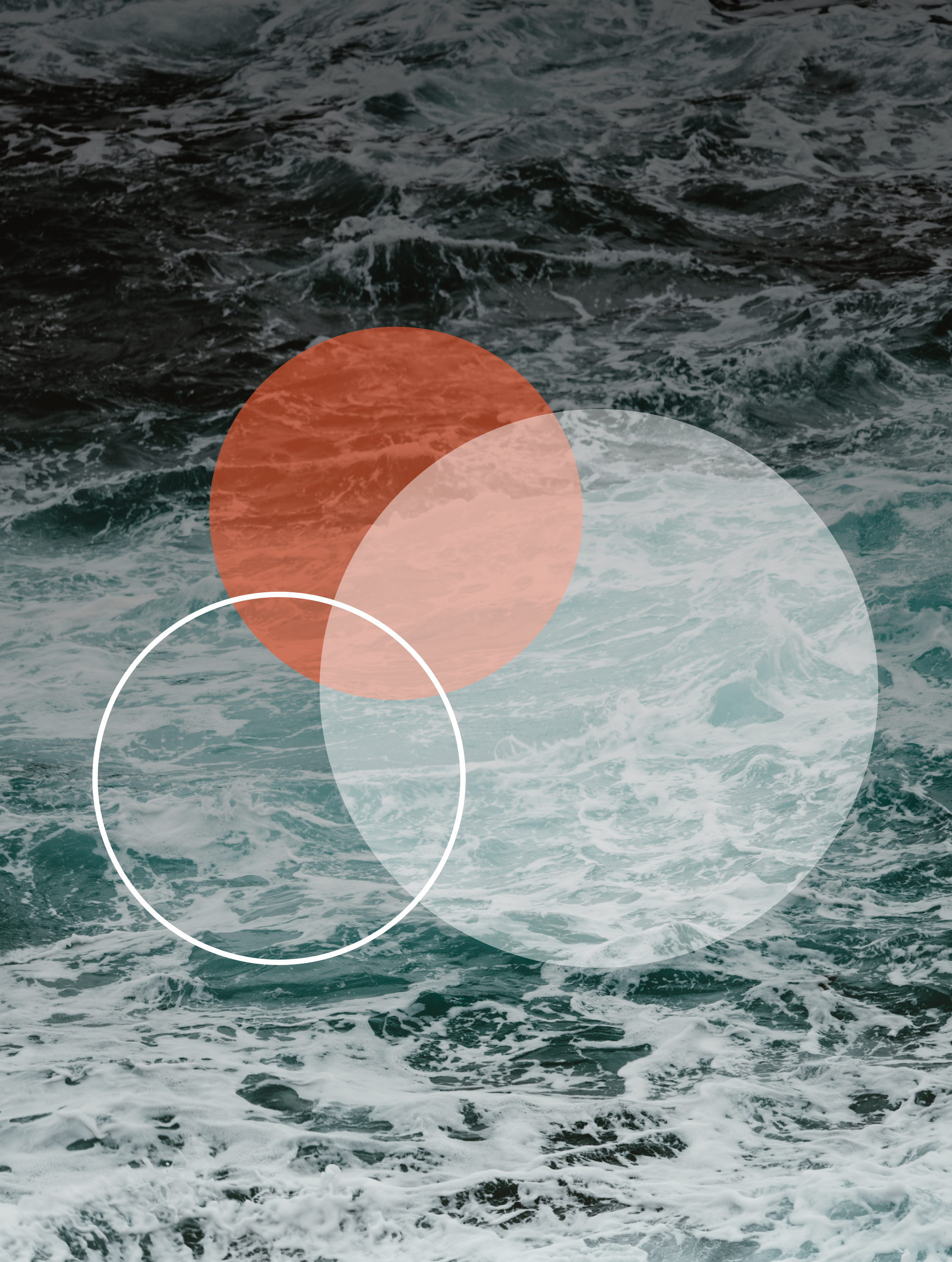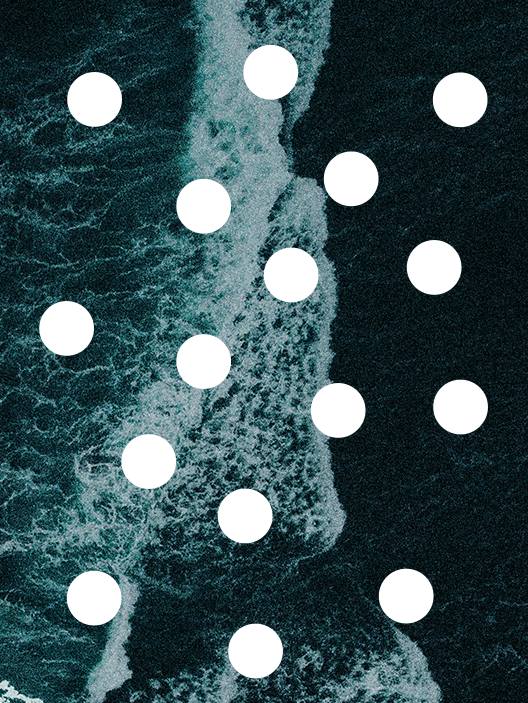Gina Bulla: Huge congratulations on launching Atlantic Brand Partners. What was the impetus to unite The Atlantic’s disciplines?
Stephanie Parker: Atlantic Brand Partners was an idea that had been germinating for months, if not years. Our partners have long come to The Atlantic for the same reasons our readers do: our credibility built up over 163 years, our editorial sensibility, and our ability to think laterally and piece together seemingly disconnected ideas to reveal an unexpected take or view.
Brands have come to know and expect this from The Atlantic, no matter which “discipline” they’re working with—whether it’s on strategy, content, creative, or events.
So, as our client work became more expansive and more ambitious over the years, we started to apply this way of thinking to ourselves—finding natural connection points across our business where we could piece together our individual strengths to be better, smarter partners.
Then, when the coronavirus pandemic hit, we started to hear overwhelmingly from brand leaders that they were looking to forge deeper partnerships. The crisis put the pain points they had been experiencing pre-pandemic into sharp relief, such as balancing short-term impact with long-term growth and managing fragmented relationships across multiple vendors, agencies, and publishers, etc.
With the future so uncertain, you need a partner that really knows you—one that’s thinking about your business beyond a single campaign and can flex and evolve as your needs and your customers’ needs change. That was our goal from the outset with creating Atlantic Brand Partners. So, we knew the work we had begun way back in February 2020 would only be more important and meaningful.
Bulla: What are you most excited about in introducing ABP to the market?
Parker: Our people! The Atlantic is home to some of the world’s most talented journalists and consequential thinkers. We are also home to some of the most talented creatives, brand strategists, researchers, designers, developers, and event producers in the business. I’m excited to have a platform on which to share their perspectives with the world. Not a day goes by that I don’t learn something new or have my thinking challenged for the better by my colleagues—and my hope is you will too.
Ari Curtis: Seeing all of our work in one place really drives home the value of ABP. This isn’t a sales pitch—I truly believe the breadth, depth, creativity, and skill behind our work is made stronger by bringing it all together, and I’m so excited to see what we do with it.
Leah Campbell: I’m excited to have a real name to use when people say, “Oh, you work at The Atlantic. Are you a writer?” Sharing our work on a beautiful new website so that people can see how thoughtful and talented our team is will help us not only form new partnerships but also strengthen our existing ones.
Bulla: ABP represents a unification of different teams across The Atlantic; what advice do you have for companies looking to strengthen collaboration across their organization?
Parker: First and foremost, really spend the time interrogating everything. Does collaboration bring a real benefit to our clients? Where are we stronger together? Do our teams share a similar way of thinking and operating? In other words, are we the right culture fit for each other? Ask the hard, introspective questions at the outset. The simplest answer is usually the best.
Second, don’t get caught up in “internal processes.” This is where the culture piece becomes so important. If your purpose and values are not aligned internally, it shows in the way you work together and at the expense of producing the best possible work for your partners.
Curtis: Be proactive and intentional. Especially in our remote world, when you’re not running into people in the office, collaboration doesn’t often happen organically. You might have to find ways to collaborate outside of your normal course of work. From there, it takes real effort to maintain connections and to build relationships with colleagues across the organization. But the effort is worth it!
Campbell: You need to seek out the places where the type of collaboration you’re looking for is already happening. Perhaps there are designers in different departments reaching out to each other for a fresh set of eyes. Or maybe it’s more informal—there may be people on different teams that live in the same neighborhood who chat about new restaurants opening there. Once you see where that collaboration is happening organically, it’s about making that connection as frictionless as possible. Once those interpersonal relationships are flourishing, it’s much easier to bring them together in a more formal way. I think this looks different when you aren’t operating in a shared office, but I know, for example, that our #recipes Slack channel really took off during the stay-at-home order and helped me get to know colleagues I never would have otherwise.
Tell us about creating the visual brand language for ABP. What was your inspiration? What were you hoping to communicate through the design?
Curtis: The Atlantic Brand Partners visual brand language is all about perspective—creating it, challenging it, elevating it. Visually, this meant playing with spatial relationships. For instance, we have a visual device called the Frame. It’s really just a rectangle (i.e., the shape of a print magazine) on top of a larger rectangle—maybe it’s an image over a field of color, or two overlapping textures. But those juxtaposed planes create a sense of depth and dimension that I think reflects the unique strength of both The Atlantic and Atlantic Brand Partners.
I also found a lot of inspiration in what I didn’t want ABP to look like. That’s because ABP mostly falls outside of existing categories: We have publishing origins, but we aren’t just a publisher; we have agency functions, but we’re not exactly an agency. So my goal was to visually thread the needle between something that looked editorial and something that looked like a traditional agency. In other words, I wanted ABP to look like nothing else in our space.
“The Atlantic Brand Partners visual brand language is all about perspective—creating it, challenging it, elevating it.”
Ari Curtis Art Director
Bulla: This project kicked off in early March at the beginning of the coronavirus pandemic. How did you keep the project on track with so many people involved and so many moving parts amid such uncertain times and an unfamiliar remote-working environment?
Campbell: In retrospect, it’s pretty shocking to remember that we started this project in person. When I began managing this project, part of its impetus was a way of maintaining internal momentum for the project while so many of our external partnerships were in flux. I had to build and then immediately throw out far more timelines than I would have had to in a more traditional project, but I think we learned something about our process from every one of them.
The forces motivating an external project are far more familiar and clear, at least to those working in media or product. There are invoices tied to milestones, quarterly review cycles, and other business goals and commitments propelling your process forward. When you’re working on a project with internal stakeholders and resources, you have to generate that momentum yourself.
In this case, our weekly meetings created a rhythm that we all appreciated. We tried to keep it as normal-feeling as we possibly could. While so much was changing around us, and completely outside our control, working on this project allowed so many members of our team to contribute toward something that was future-facing, and that would so clearly strengthen the foundation of our company. Building something new was cathartic and exciting.
Bulla: What was the most challenging part of creating ABP? Were there any issues in particular that kept you up at night?
Parker: The idea for Atlantic Brand Partners clicked, instantly. In a way, we were building on the things we were already doing that we just didn’t have a proper name or model for. The hard part was distilling everything we (Atlantic 57, Atlantic Re:think, Atlantic LIVE, Atlantic Ventures, The Atlantic Advertising) can do for brands into something very clear and differentiated. We wanted to present a unified way for brands to work across The Atlantic while preserving our distinct personalities.
Curtis: There were a lot of little things that proverbially (and sometimes literally) kept me up at night: the color palette, the typesetting on the ABP logo, the use of imagery. But it all laddered up to the challenge of building a new brand that’s also rooted in The Atlantic’s legacy. I wanted to do right by the organization while also making a visually distinct identity, and that was a lot harder than I expected. It’d be one thing if we were starting completely from scratch, but instead we had to meaningfully knit together the ethos of the magazine and of our business units. It came down to identifying what unifies us and visually representing that vibe.
Campbell: Keeping up momentum and some semblance of consistency was at times challenging. There were weeks when we paused completely because other projects required our full focus or social injustice was the rightful owner of all our mental and physical energy. We had to consciously make space for those things while planning new ways to achieve our goals.
Bulla: What’s next for ABP?
Parker: We have a busy fall season ahead of us and even bigger ambitions for 2021. At the end of September, we’re releasing a months-in-the-making competitive intelligence platform for marketing leaders. We’re scoping out new, integrated solutions based on this proprietary research. And we’re looking at new ways to bring our partners together to learn and share ideas, whether through virtual events or advisory-type functions. The launch of Atlantic Brand Partners is only the beginning.
Curtis: Now that ABP has launched, I’m really excited to figure out how it lives and breathes as a brand. How do we show up in the world? What stories can we tell, and how? We’re in the unique and privileged position of building a brand with The Atlantic as our foundation, and it feels like the sky’s the limit.
Campbell: It’s a thrilling time to be a part of this team. We are developing new technologies, new campaigns, and new ways of bringing The Atlantic to life for our partners. While it’s not a traditional “back-to-school” September experience in any respect, there is that same frenetic energy percolating within ABP to start fresh, set goals, and achieve them.
